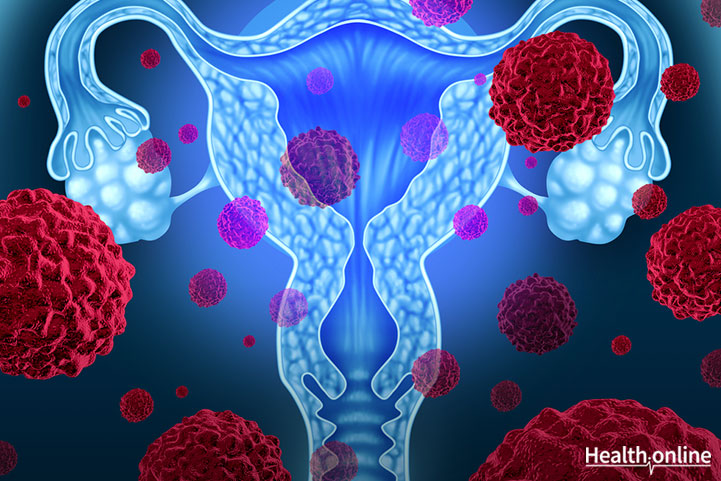
Symptoms and Risk Factors for Cervical Cancer
It is imperative to be proactive and be evaluated by an OB/Gyn on a yearly basis, so that appropriate testing for cervical cancer can be performed. This is because early symptoms associated with cervical cancer are usually minimal to none.
Signs and symptoms that may occur later in the disease include:
- Post-coital vaginal bleeding
- Vaginal bleeding after menopause
- Vaginal bleeding between periods
- Bloody vaginal discharge with a foul odor
- Increased heavy vaginal bleeding
- Pelvic pain
- Dyspareunia (pain during sex)
Risk Factors for Cervical Cancer:
There are risk factors that increase one’s potential for developing HPV infections and thus cervical cancer.
Hispanic women are at the highest risk of development of cervical cancer as compared to women of other races.
Asian/Pacific Islander women have the lowest risk of developing cervical cancer as compared to other women.
Women who have multiple sexual partners and/or begin having sex at a young age face increased risk of developing HPV infections. Being infected with other STIs can also increase the chance of being infected with HPV. Being immunocompromised, or being a smoker, are also risk factors that can contribute to increased risk of HPV contraction.




